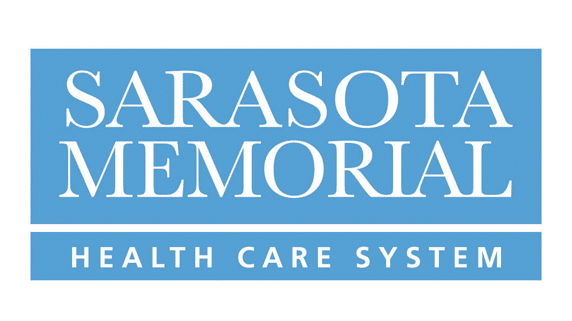A healthcare facility with a robust inpatient bed management system benefits from real-time operational awareness of the status of all of their available beds. Understanding which technology and tools to utilize for bed management is the first step in improving the process.
The pure economic value of each inpatient bed is substantial — a single bed can be worth $9k. The flow of patients into and out of inpatient beds is also vitally important to the overall efficient management of the hospital.
Yet every day, hospital staff and management struggle to navigate the daily chaos of bed management by taking their best guess at what is going to happen over the course of the day.
Sometimes a given day works out well. Often, however, the staff’s best efforts result in frustration, long waits, staff overtime, reduced reimbursements and lower access to care.
In our work across hundreds of health systems, we have identified many potential levers which — if backed by the right predictive analytics engine and easy-to-use tools, can help unlock supply, shape demand, and successfully match bed supply and demand together. These levers empower hospitals to improve their patient flow and enable better bed management.
Here are four opportunities to improve bed management:
1. Place patients in the right beds using sophisticated demand-supply models
The core approach to the optimal placement of patients is accurately forecasting and matching demand and supply, unit by unit, by time of day, each and every day.
Supply: Model the availability and timing of beds that will come available in each unit. Use historical data to mathematically create a “fingerprint”; a model for each unit that predicts, for each hour of each day of the week, the likely number of patients that will be discharged. The predictions are augmented by real-time feeds. This model enables hospital staff to make concrete placement decisions about individual patients.
Demand: Use specifically tailored models to create an “upcoming demand signal” at any time of the day for each element of demand. These elements can include incoming volumes from the OR and ED, and external transfers. Models can be updated on real-time feeds that capture any delays or cancelation of surgeries.
Supply and demand side models can then be pushed to patient-placement leaders, giving them the visibility into upcoming demand and supply for beds. This leads to dramatically better outcomes than a purely reactive response.
2. Make data-driven internal transfer decisions
Internal transfer requests are often viewed as an added burden to be executed only when convenient. In fact, transfers can be a strategic lever since they could free up a bed that will be needed in the near future. By thinking a few moves ahead via the scenario-building tool described above and moving the right patients to appropriate open beds, placement teams can open up the right slots to meet expected demand for high-value beds.
3. Smooth the patient flow from the operating room (OR)
The flow of patients from the OR into inpatient beds often accounts for 20-25 percent of the bed demand on any given day, and can cause spikes in the inpatient census. This flow is in fact more “controllable” than the census contribution from the ED. Optimizing the elective surgery schedule with respect to recovery time can yield a flatter inpatient census. Such “surgical smoothing” can be done by forecasting the volume and case mix of surgeries, using tools to develop templates for scheduling.
4. Use predictive discharge planning to focus case teams and social services
Avoidable discharge delays often occur at the end of a patient’s stay, such as issues with insurance, transportation, and space at extended care facilities. Many of these could be avoided if case managers were alerted to the problem a day or two before the actual discharge. Historical data regarding avoidable discharge delays can be collected, and a machine-learning model can be used to identify key case attributes that indicate possible discharge delays early on.
Each of these bed management “levers” is worth evaluating based on the specific circumstances of any given health system. While some of them will require learning and implementing new tools, the investment is definitely worthwhile.
For further strategy and success stories on a better bed management system, download our ebook on Unlocking Inpatient Bed Capacity.


